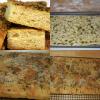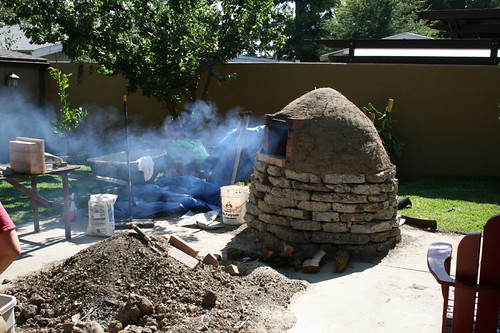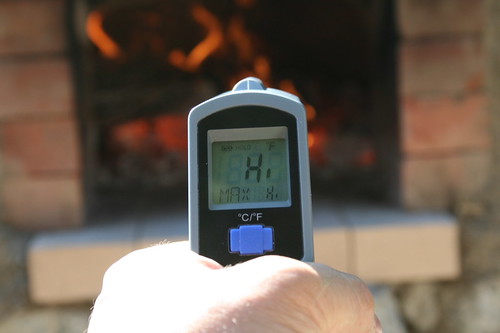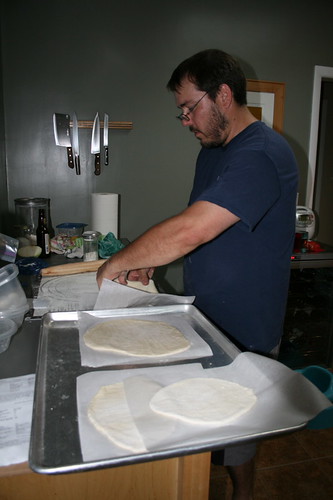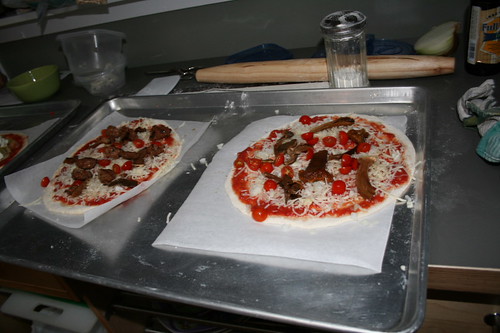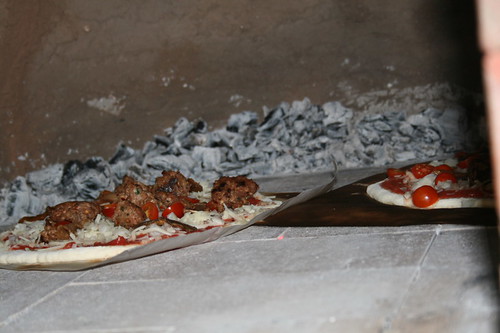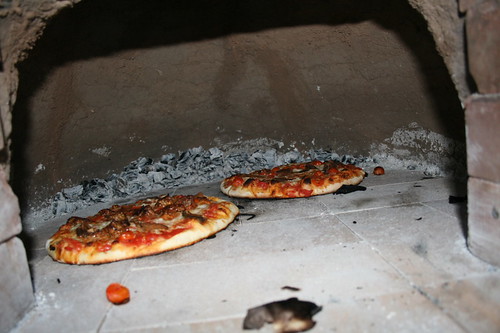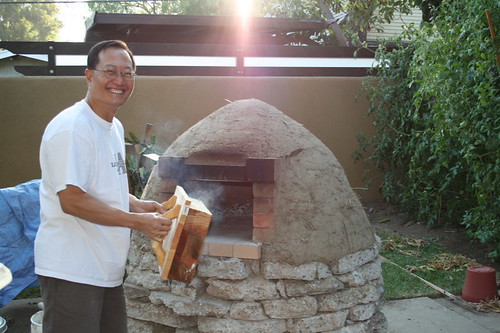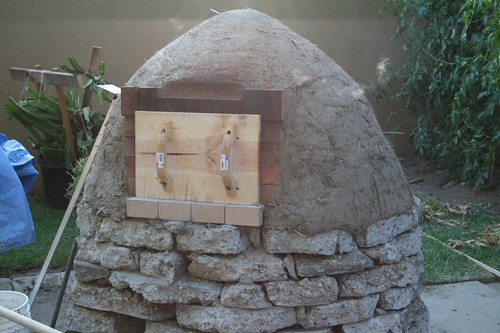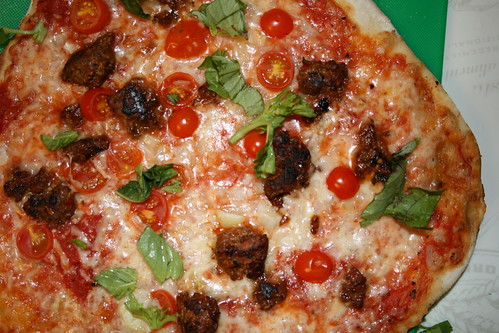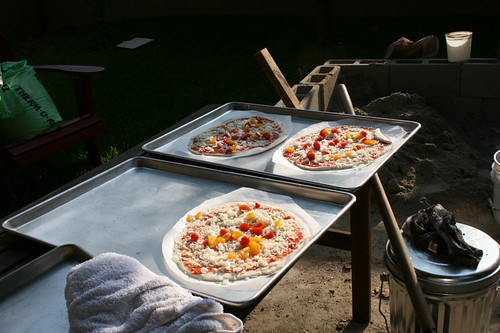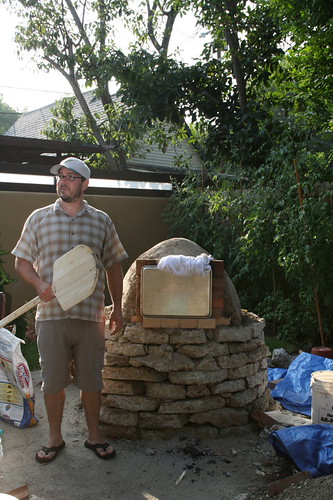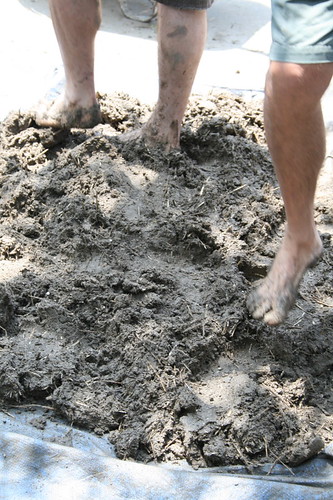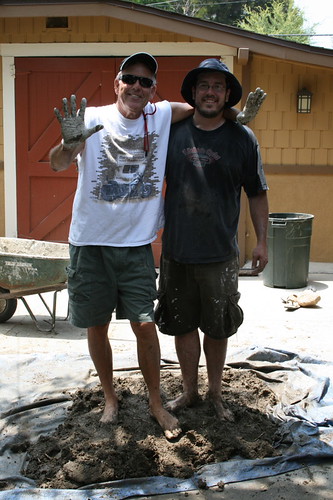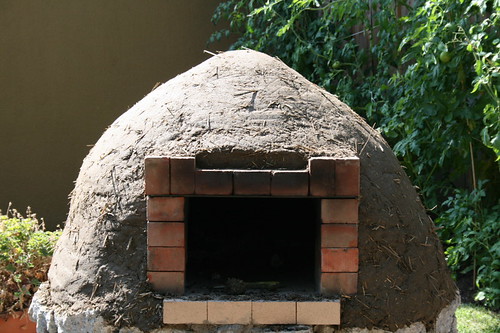I am about halfway with my earth oven being built from Kiko Denzer's book. I also have the Alan Scott book, but decided on an earth oven as the reuse of material appeals to me. Many friends are highly sceptical about building with clay.
It took quite a while to scrounge for the material as I wanted to buy as little as possible. The rocks for the foundation I found in the garden and then I filled it with building rubble from a nearby restaurant that burnt down (hope that does not predict disaster with the oven). The gravel I found on an open lot where someone dumped it. The wine bottles are all from our own consumption over quite a while :).
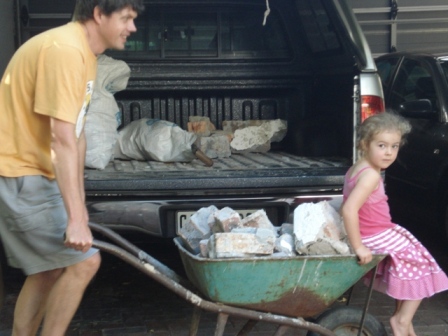
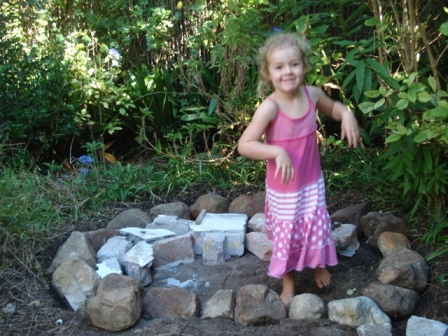
The hearth should be on a nice level once finished as the oven is being built on a terrace.
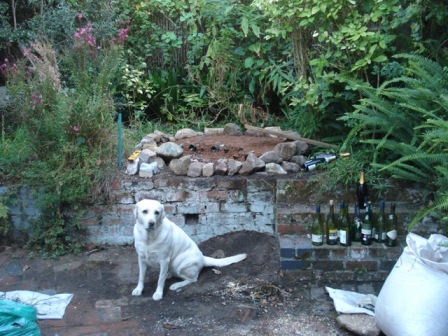
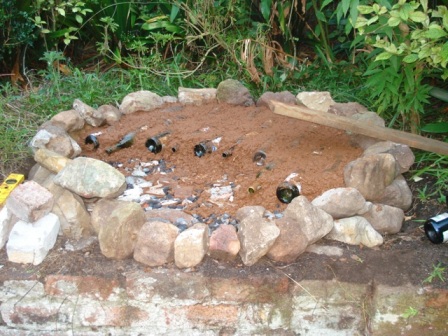
The sawdust I had to buy in the end and it cost about $4. The bag it came in was almost as expensive.
I realised that the front part needed some work and then happened upon some nice flat rocks. The next photo shows an improvement where the tongue will be.
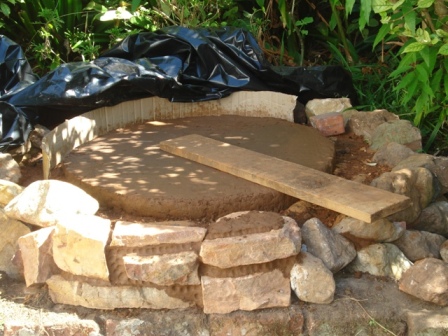
I am now ready to bring the level up with a sawdust and clay mix around the slab. That will be followed with a thin layer of sand bedding for the fire bricks.
I finished the first layer all by myself and that was not a good idea. Some friends would have made it easier, but I was in a hurry and nobody was available on that sunny day. After two weeks of sitting underneath the sheet in pouring rain, I started a small fire. As you can see the clay was still quite moist. I wanted to see if the fire would burn before finishing with an insulation layer and the rest.
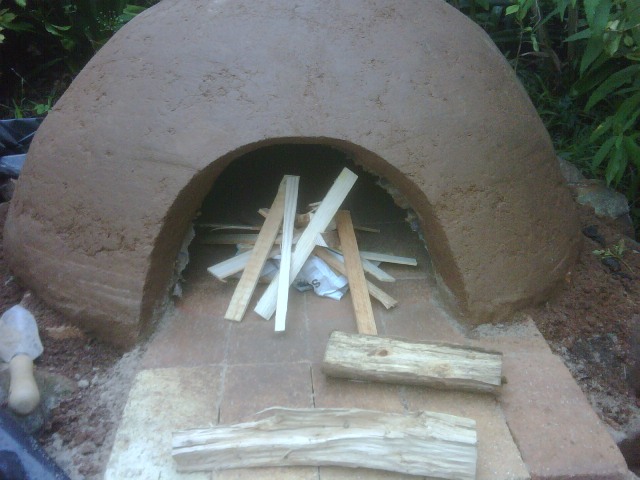
The fire burnt very nicely and started to dry out the clay.

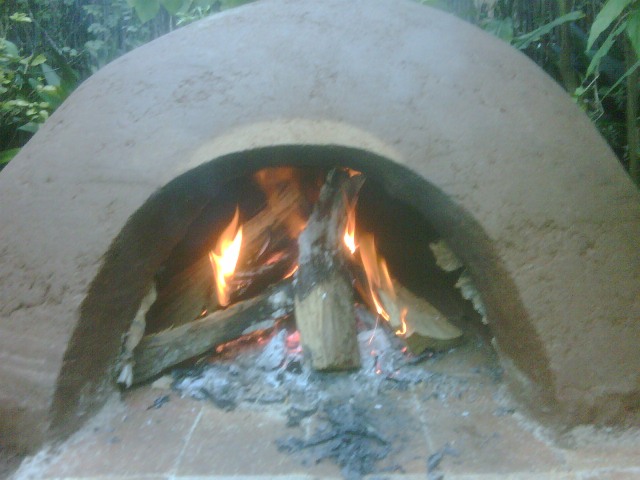
I let it burn for quite a while. The next day the oven looked dry, except for the bottom part where it was still moist. So I started another fire and made it nice and big. Oh, the horror: it cracked! I suppose that is what you get for being impatient.
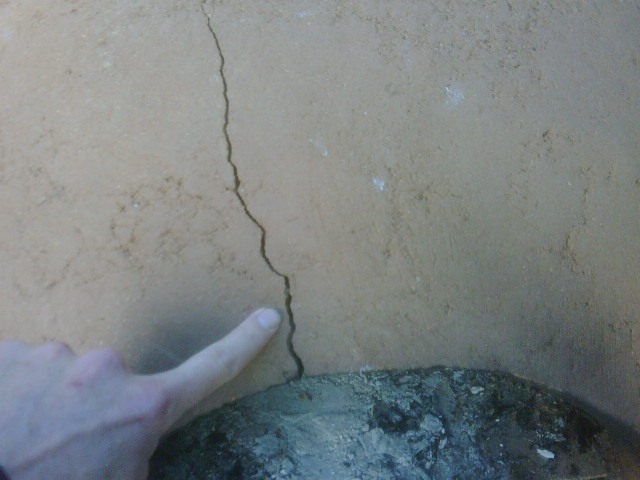
The crack then spread over the dome. I am hoping that it is not too serious, since it does not seem to have cracked right through. That means I cannot see through the cracks.

I am planning to patch it up with some sloppy clay, but I would appreciate any tips here.
BTW, we cooked a chicken in the oven four hours after the fire died down. It went in for 2 1/2 hours and was beautifully soft. Because it was so late in the process, I had to brown the chicken in the electric oven.
Now it is August and the process took much longer than anticipated. At least I think it is finished and I cannot wait for it to dry out.
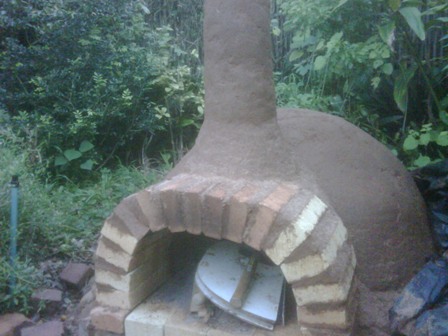
So I added a chimney and a brick arch. If I had to do it again, I am sure the arch would be better.
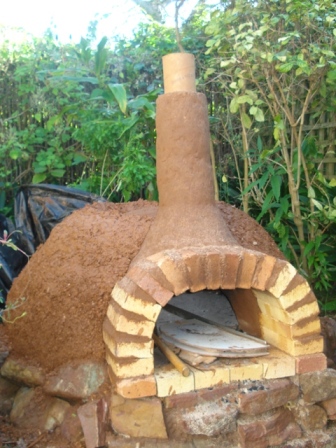
Some time later a friend helped me to add the insulation layer of clay slip and wood shavings. Here it is almost finished.
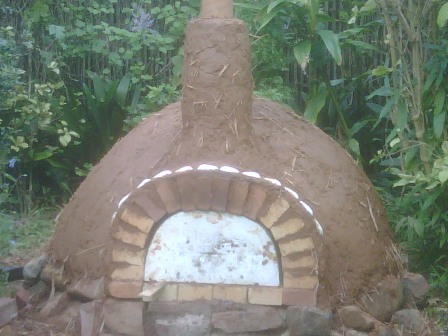
The past weekend I finished the oven. Guess who did not read the book again and forgot to chop the straw. Now I have a hairy oven. Unfortunately we are away this weekend, so I cannot try it out. Hopefully there is no rain the weekend after that, so I can fire it up proper and see what happens. Will post some pictures if it works out.

